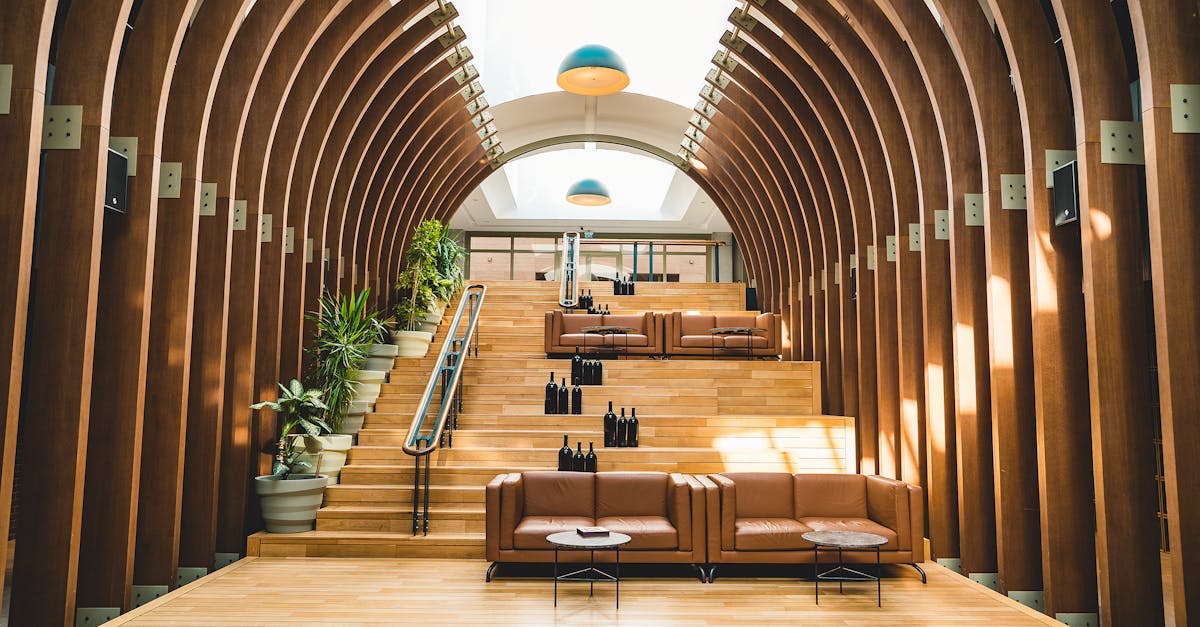Best Winery in Sonoma

Best Winery In Sonoma
Nestled in the picturesque landscape of Sonoma County, the vineyard Halleck Vineyard Estate Winery & Wine Tasting Room stands out as a premier destination for wine enthusiasts. Known for its commitment to sustainable farming and exceptional viticulture practices, this winery offers visitors an immersive experience into the world of fine wines. From the moment you arrive, the stunning surroundings and welcoming atmosphere invite exploration and appreciation of the craft behind each bottle.
At the vineyard halleck vineyard estate winery & wine tasting room, guests can indulge in a carefully curated selection of wines, each reflecting the unique terroir of Sonoma Valley. The knowledgeable staff is eager to share the story of their wines, guiding you through tastings that highlight the rich flavors and nuances developed through meticulous vineyard management. Whether you're a seasoned oenophile or a casual wine drinker, this winery promises an unforgettable experience that captures the essence of Sonoma's viticultural heritage.
Wineries Known For Their Hospitality - Scenic Wineries Of Sebastopol
Sonoma County is known for its breathtaking wine country and remarkable wine offerings. Visiting the premier wine estates in the area can become a memorable experience for wine lovers and newcomers. All visit provides an opportunity to understand about the winemaking process and sample some of the finest varietals available.
Many vineyards in Sonoma feature guided tours that showcase their distinct terroirs. Tourists can experience wine tastings while enjoying the picturesque landscapes that encompass the region. Beginning at intimate family-owned wineries to established estates, there is something for everyone in this dynamic wine country. Organizing your tour ahead of time can ensure that you experience this exceptional destination.
How to Organize an Amazing Wine Tour
Organizing an unforgettable winery experience in Sonoma requires careful consideration. Begin with looking into the best wineries in the region. Take into account the type of wine you enjoy and look for wineries that specialize in those varieties. Be sure to check for any tours that may be happening during your visit. Booking your appointments in advance is essential to ensure you get your spot at the wineries you want to visit.
When you have selected your wineries, outline your itinerary carefully. Evaluate the distances between each winery and factor in travel time. It’s a good idea to arrange for transportation, whether it's a designated driver or a guided tour service, to make sure a safe and enjoyable experience. Make sure to pack some snacks and water to keep your energy up during the day. Finally, be open to new experiences and enjoy the beautiful scenery that Sonoma has to offer.
Complementing Food with Sonoma Selections
Sonoma wines can be a great choice when it comes to complementing cuisine. Such diverse flavors found in Sonoma wines are able to elevate the overall dining experience. For instance, a fresh Sauvignon Blanc pairs well with delicate seafood dishes, whereas a bold Zinfandel pairs excellently with heartier meals like grilled meats or rich pasta dishes.
Recognizing the characteristics of Sonoma wines plays a vital role in creating the perfect dish pairing. Fruity Pinot Noir frequently works well with roasted vegetables or duck, and a rich Chardonnay is known to enhance creamy sauces and cheeses. By deliberate consideration of both cuisine and wine, diners can achieve a harmonious balance that enriches the overall meal.
The Advice to Perfecting Your Culinary Adventure
Exploring the best wineries in Sonoma may provide a unique journey for wine enthusiasts. In order to elevate your wine adventure, consider the following tips. Begin your day early to make the most of your time. Organize your itinerary to highlight a mix of family-owned and well-known wineries for a diverse tasting experience. Make sure to take notes on the wines you enjoy to keep track of your favorites.
Connecting with the staff at each winery may significantly elevate your visit. Pose questions about the crafting process and the unique attributes of each wine. Complementing food with your tastings may also enrich the experience, so explore enjoying a meal at one of the winery restaurants. In conclusion, be open to trying new varieties and styles of wine. This willingness can lead to delightful discoveries and might just transform your palate.
Discover the Heritage of Sonoma Wine Estates
The history of Sonoma vineyards is rich and fascinating. Originating in the mid-19th century, these wineries have contributed a key role in California's winemaking tradition. Numerous types of grapes have been cultivated here, including Chardonnay to Pinot Noir. This richness in grape selection reflects the region's special climate and terroir.
Visiting Sonoma vineyards provides a special opportunity to discover the foundational roots of winemaking. Many establishments showcase artifacts and tales from the past, letting visitors to connect with the area's winemaking traditions. Excursions often include sipping of renowned wines while hearing into the development of Sonoma as a premier wine destination.
Exploring the Significant Cultures of Winemaking
Sonoma is known for its vineyards that reflect the art of wine production. Learning about the rich practices behind these vineyards provides an understanding into the commitment that goes into each bottle. Ranging from the growing of grapes to the aging techniques, each step is steeped in history and skill. Each winery has its own unique background that adds to the overall character of Sonoma.
The region’s winemaking practices have been shaped by a long history of local families who have devoted their lives to the art. Understanding these practices reveals how climate affects grape varieties and how different techniques are employed to create outstanding wines. Visitors can witness firsthand the hard work that goes into producing high-quality wines. These lasting customs not only enhance the taste of the wines but also enlighten the connection between the vineyards and the winemakers.